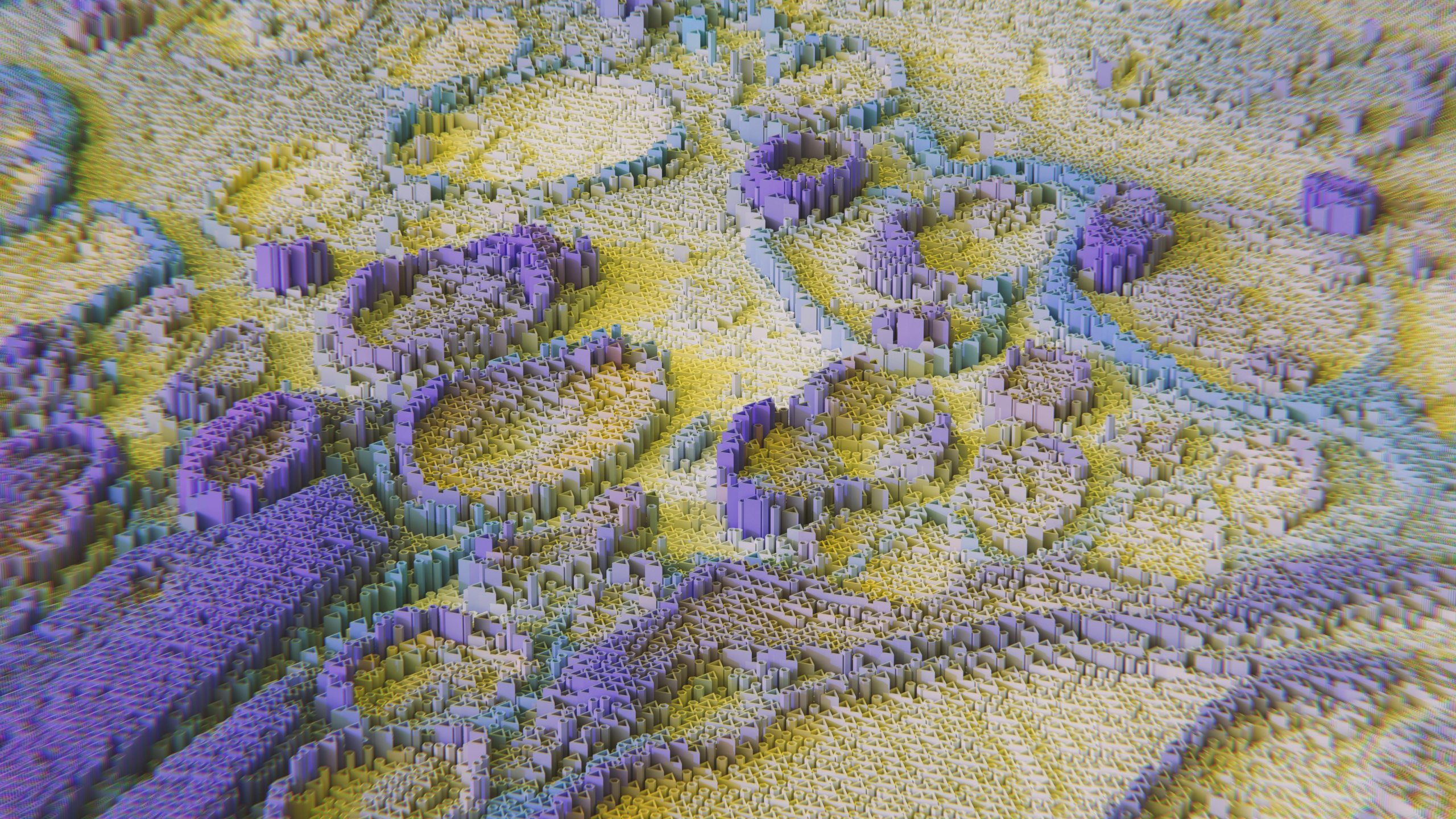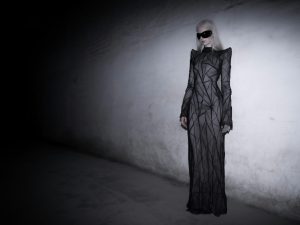The science of color: how shades affect our perceptions
When we think of color, we often associate it with emotions, experiences, and memories. From the vibrant red of a ripe apple to the calming blue of a clear sky, color plays a significant role in how we perceive the world around us. However, have you ever stopped to think about how shades and hues impact our perceptions? The science of color delves into this fascinating topic and uncovers the complexities of how shades can affect our emotions, behaviors, and even physiological responses.
The Basics of Color Perception
Before we dive into the effects of different shades, it’s essential to understand the basics of color perception. Our eyes have special cells called cones that help us see color. These cones are sensitive to three primary colors – red, green, and blue. When these colors are combined in different intensities, they create a vast spectrum of colors that we can perceive. This process is known as additive color mixing.
The Impact of Hue
Hue refers to the dominant wavelength of a color. It’s what we typically refer to as the name of the color – red, blue, green, etc. Studies have shown that different hues can evoke different emotional responses in individuals. For example, warm colors like red, orange, and yellow are associated with energy, excitement, and passion, while cool colors like blue, green, and purple tend to be more calming and soothing.
Furthermore, certain cultures also attribute specific meanings to different hues. For instance, in Western cultures, white represents purity, while it may symbolize mourning in some Eastern cultures. Understanding the cultural significance of different hues is crucial when utilizing color in branding and design.
The Role of Saturation
Saturation refers to the intensity or purity of a color. Highly saturated colors are vibrant and bold, while desaturated colors are more muted and subdued. Studies have shown that highly saturated colors can evoke strong emotional responses, both positive and negative. For example, bright red can evoke feelings of passion and love, but it can also be perceived as aggressive and confrontational.
On the other hand, desaturated colors are often associated with feelings of sadness or calmness. This is why pastel and muted tones are often used in branding and design to create a more relaxed and welcoming environment.
The Influence of Brightness
Brightness, also known as value, refers to the lightness or darkness of a color. It can have a significant impact on our perceptions, especially in terms of contrast. A highly contrasting color scheme can evoke a sense of excitement and attention, while low contrast can create a soothing and harmonious environment.
The Effects of Different Shades on Our Perceptions
Now that we’ve covered the basics of color perception, let’s take a closer look at how different shades can affect our emotions, behaviors, and even physiological responses.
The Color Red
As mentioned earlier, red is often associated with energy, passion, and love. However, studies have also shown that it can increase heart rate, respiration, and even blood pressure. This makes it an ideal color for brands that want to create a sense of urgency or excitement. In contrast, red can also be perceived as intimidating and aggressive, so it’s essential to use it carefully in design and branding.
The Color Blue
Blue is often associated with calmness, trust, and reliability. Research has shown that it can also have a calming effect on the body, reducing heart rate and blood pressure. This makes it an ideal color for promoting relaxation and serenity in a room or incorporating it into branding to create a sense of trustworthiness and stability.
The Color Green
Green is closely associated with nature, growth, and balance. Studies have shown that it can also promote feelings of wellbeing and improve concentration. This makes it a popular choice for environments that aim to promote health and wellness, such as hospitals and spas.
The Color Yellow
Yellow is often associated with positivity, joy, and happiness. However, it can also be a problematic color as it is the most difficult for the eyes to focus on, making it is challenging to use in large amounts. Too much yellow can create feelings of anxiety and strain on the eyes, so it’s best to use it as an accent color rather than the primary color in a design.
The Color Purple
Purple has long been associated with royalty, luxury, and power. It’s often considered a mysterious and intriguing color, and studies have shown that it can increase feelings of creativity and imagination. However, it can also be perceived as aloof or pretentious, so it should be used carefully in branding and design.
In Conclusion
Color is a powerful tool that can evoke a range of emotions, behaviors, and physiological responses. Understanding the impact of different shades is crucial when using color in branding, design, and marketing. By harnessing the science of color, businesses and individuals can create the desired atmosphere and convey specific messages through color selection. So the next time you see a particular shade, stop and think about how it might be influencing your perceptions.










